This article explores how the pet food world will evolve in the near future and beyond by identifying opportunities that matter for the industry.
Now: Sustainability is at the forefront of consumers’ minds
The climate crisis is playing an increasingly influential role in consumers’ purchasing decisions, and the pet food category is no exception. While younger pet owners are more engaged with environmental concerns in pet food, interest in ecological credentials among older demographics is not far behind.
In order to address consumer concerns about the environmental impact of pet foods, brands are innovating with eco-friendly and recyclable packaging and flagging up the use of renewable energy-powered production facilities. To convey their commitment to tackling the climate crisis, producers are actively communicating these strategies on pack.
Now: Pet food brands communicate digestive and immunity-boosting pet foods
The outbreak of the COVID-19 pandemic intensified consumer interest in products that promise to support immunity and enlightened many people about the link between gut flora and overall health. This heightened level of understanding about immunity and gut health influenced the way pet owners feel about the products they chose for their pets. In China, 73% of pet owners look for pet foods that improve immunity, 59% for digestive support.
Next: Leverage evolving pet health priorities
In line with the human food trends of taking supplements for added nutrients, pet owners are similarly turning to supplements for added nutritional benefits. In the UK, 35% of pet owners agree that supplements are the most efficient way of delivering functional benefits to pets.
Beverages for pets take the novel format of supplements to another level. Functional drinks are easier for pets to swallow than solid supplements and quicker to digest than solid food. And such launches have promise: in 2021, pet-friendly drinks appealed to half (49%) of UK pet food buyers, up from just 21% in 2018.
Despite the huge rise in interest, pet drink launches are rare, but emerging functional drink innovation presents an exciting and scalable opportunity.
Next: Make sustainability tangible and transparent
Brands must help consumers navigate the complexities of sustainability by providing transparency. In the US, 50% of pet food buyers are concerned about the environmental impact of pet food, so brands need to do more to communicate their sustainability endeavours.
Insect-based pet food has been gaining traction among consumers for its sustainable credentials, and the use of insects in pet food is now backed by major global players.
However, communication around the usage of insects is paramount.
Pet food brands should focus on health as well as sustainability; the former is a bigger priority for pet owners than the latter. In the US, 28% of US pet food buyers are interested in sustainably sourced pet food. Conversely, over half are interested in pet food that offers healthy digestion or muscle, joint and bone support.
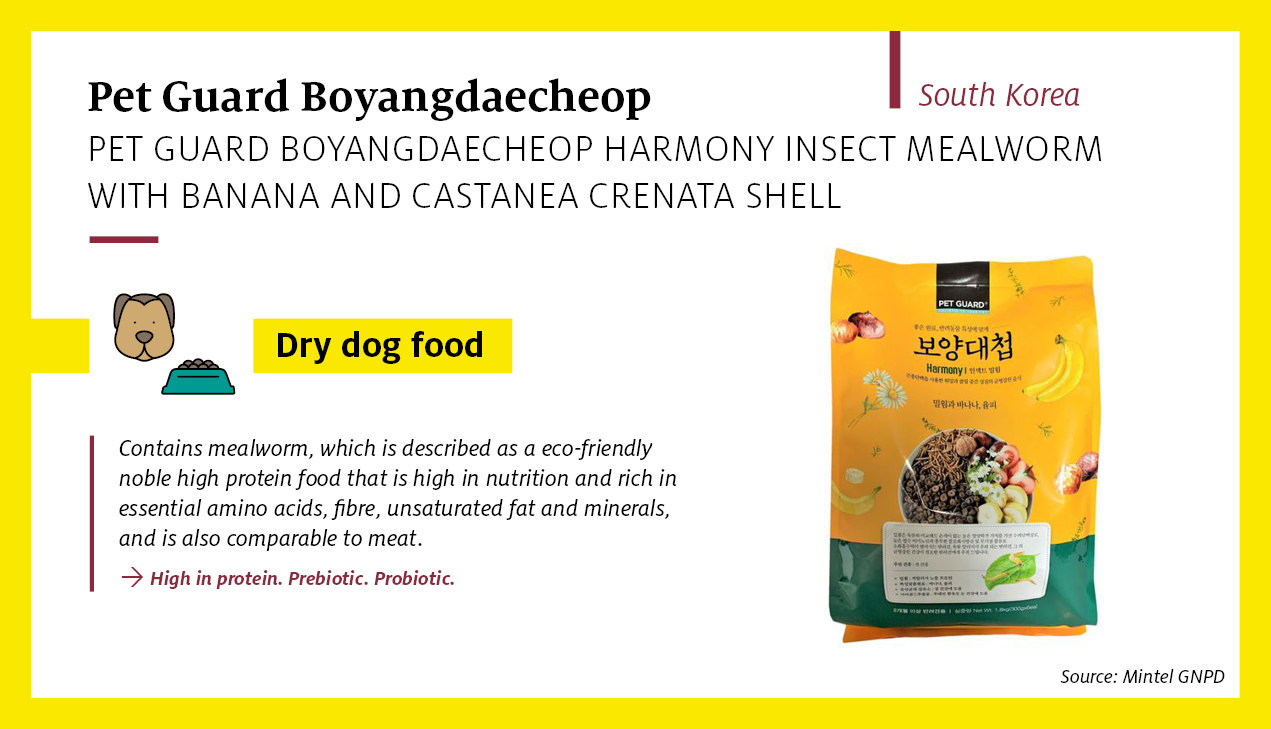
Next: Humanisation meets premiumisation
Many younger consumers are favouring pets in lieu of children, and the pandemic accelerated pet ownership, particularly among younger consumers. Pet food will therefore continue to grow over the next decade, and brands must invest to appeal to this new generation of pet owners.
The premium pet food segment, in particular, has huge potential to grow further. In China, 39% of pet owners spent more on pet meals in 2021 compared to 2019. As more pet owners treat their pets like children, brands can appeal to discerning pet parents by focusing on pet food palatability.
The taste of pet food is a top purchase driver for 41% of Thai pet owners, and sensory cues such as crunch and aroma will enhance owners’ perceptions of pet food palatability. Since aroma plays an important role in palatability and pets have a highly acute sense of smell, brands should focus on the product scent. Although dogs particularly enjoy meat flavours, brands can also appeal to pet owners by using ingredients popular in premium human food such as turmeric.
The Future: Lab-grown pet food is edging closer
The colossal amount of meat consumed by pets has a significant impact on the environment, and brands and consumers alike are seeking ways to mitigate it.
Some pet food companies are shifting their approach towards sustainable pet food alternatives such as vegan pet food. However, 34% of US pet food buyers say real meat should be the first ingredient on pet food ingredient lists.
Lab-grown pet food, which appeals to 29% of UK pet food buyers, offers a sustainable alternative to meat as lab-grown meat produces fewer carbon emissions than red meat. Although lab-grown pet food is not yet commercially viable, the Chicago-based Because, Animals is currently taking pre-orders of its Harmless Hunt Mouse Cookies for Cats with Cultured Meat.
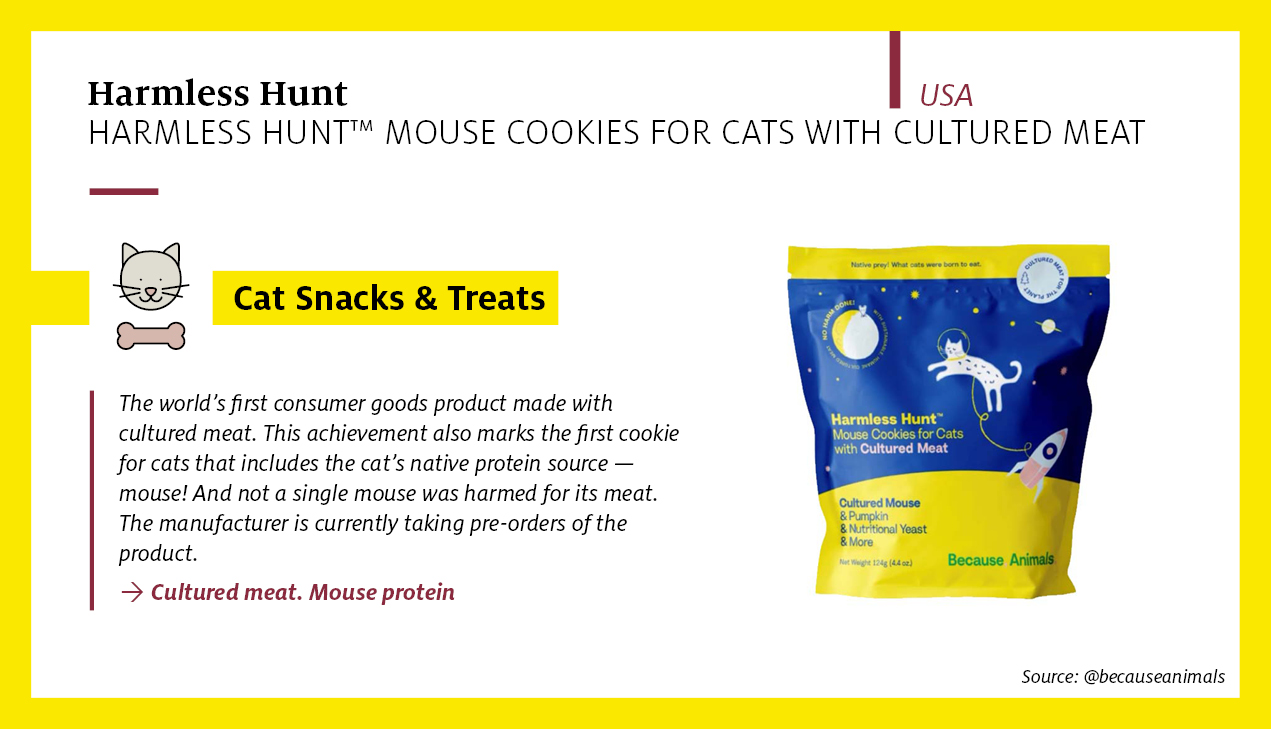
The Future: Science and data will lead the way
In times of uncertainty, such as during COVID-19 and in the recovery years afterwards, consumers will seek control over their lives. Pet owners will increasingly seek transparency around pet food’s impact on health and sustainability.
Pet food brands can use personalisation and technology to enable pet owners to improve their pet’s health. The Australian ilume system incorporates chef-tailored gourmet meals with a pet activity tracker, app and smart bowl.
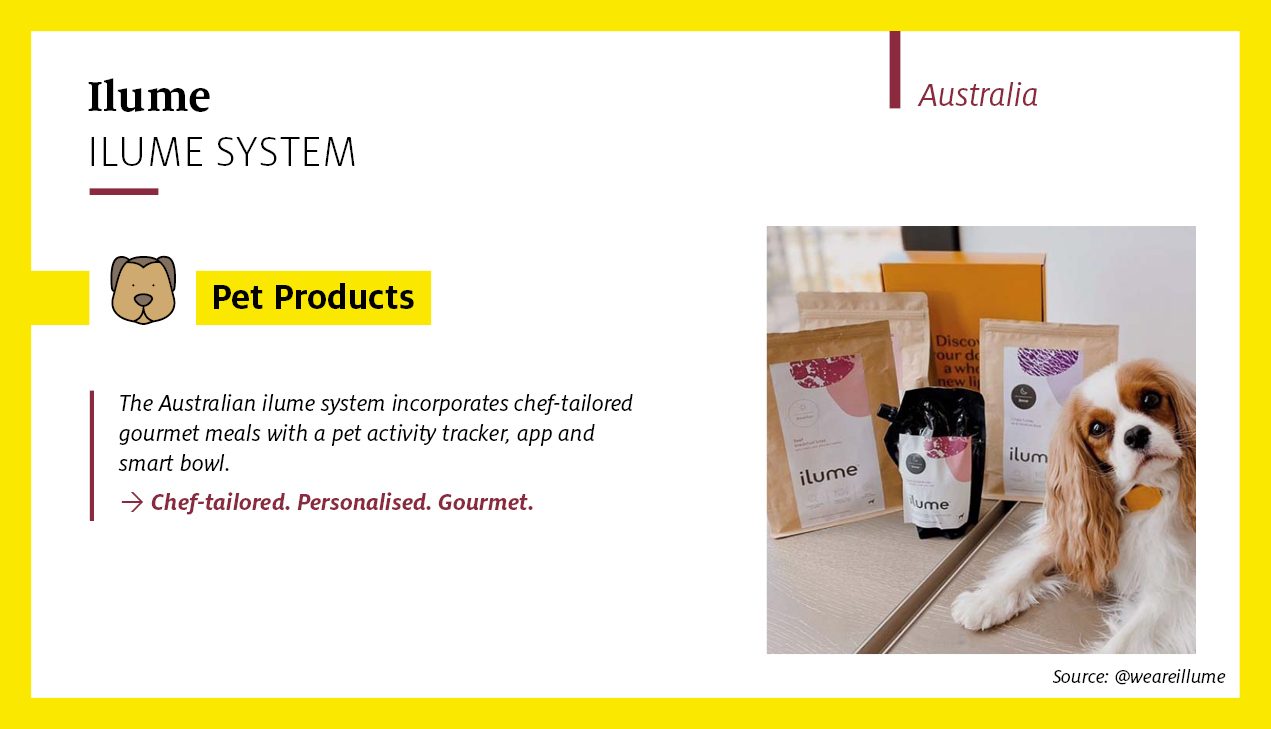
Pet food scoring systems will also emerge. Nascent apps like Nutripet will allow owners to assess the nutritional composition of pet food, like the established human food equivalent Nutri-Score. Similarly, novel systems such as EcoPetScore will assess pet food sustainability measures, mirroring human food system Eco-Score. Pet food brands will inevitably have to improve their health and sustainability credentials to remain competitive.
Take-home points

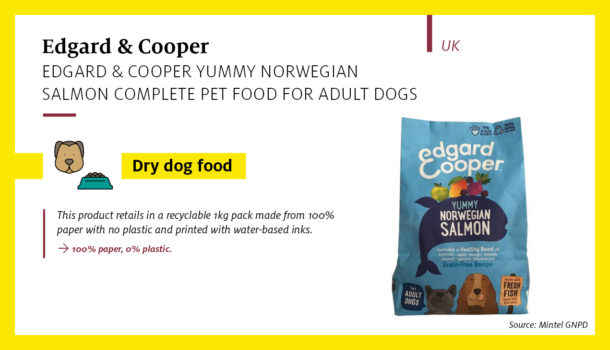
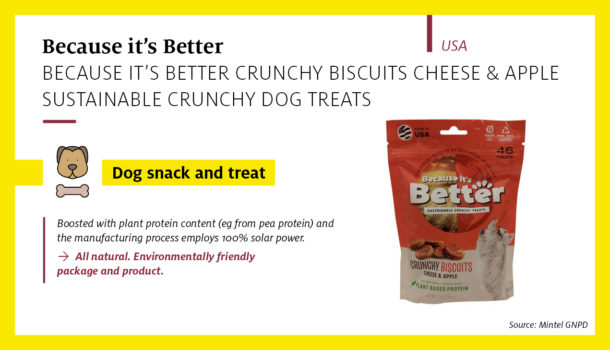
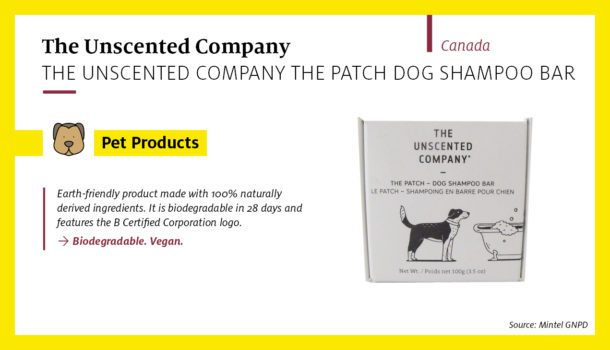
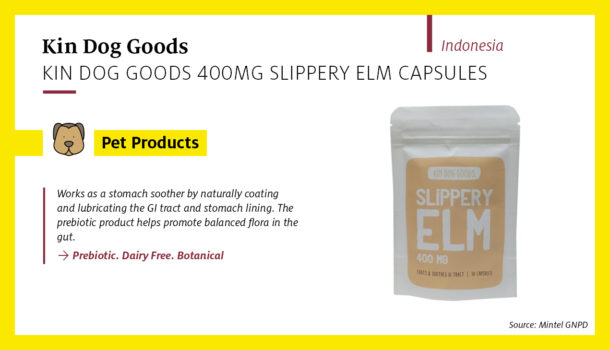
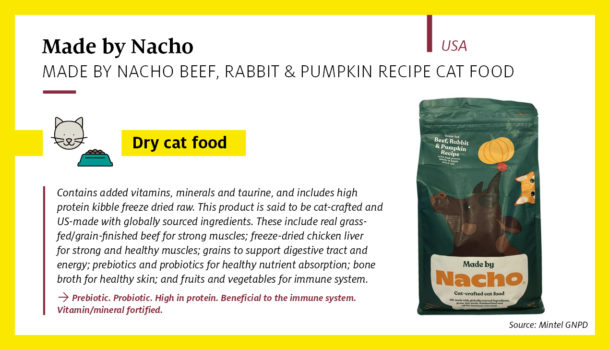
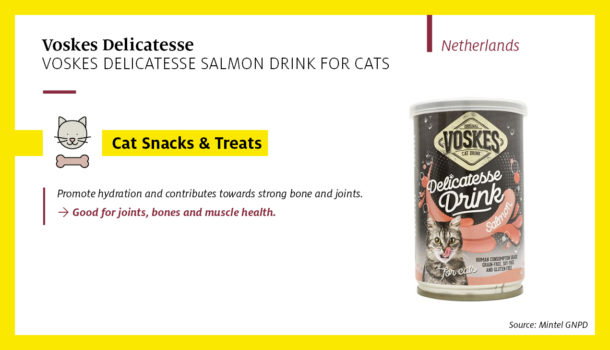
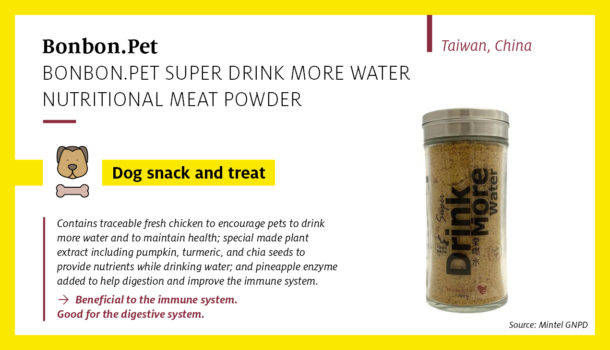
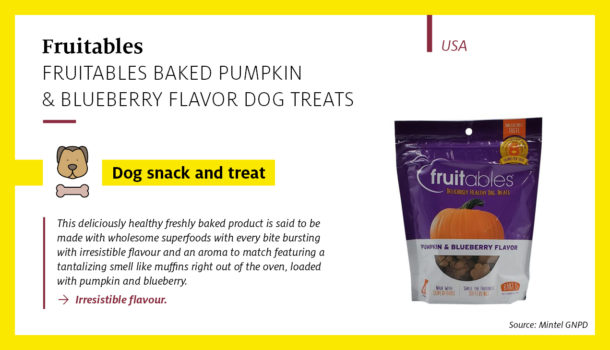
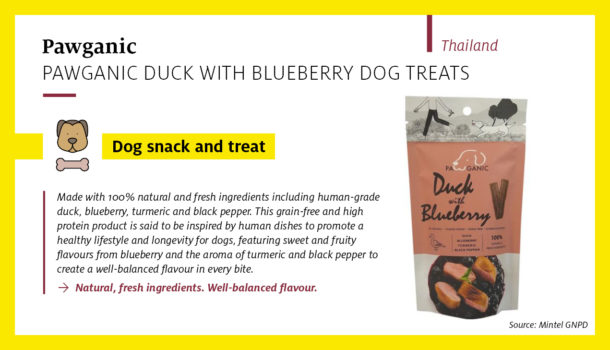


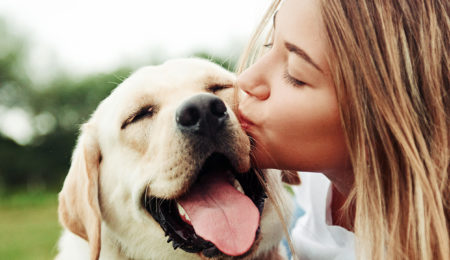

* required fields